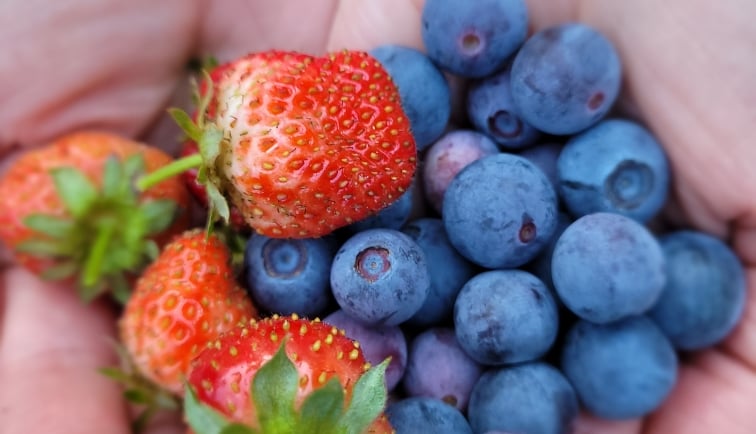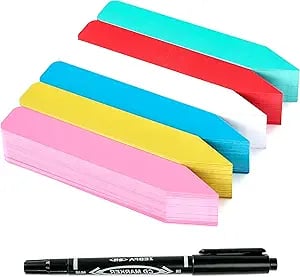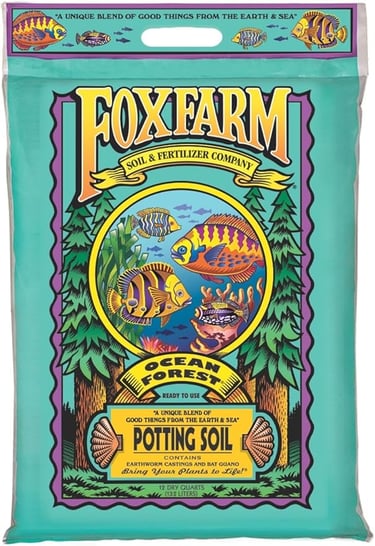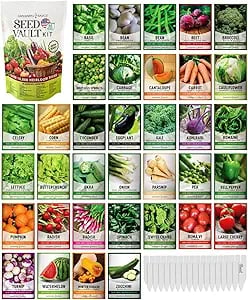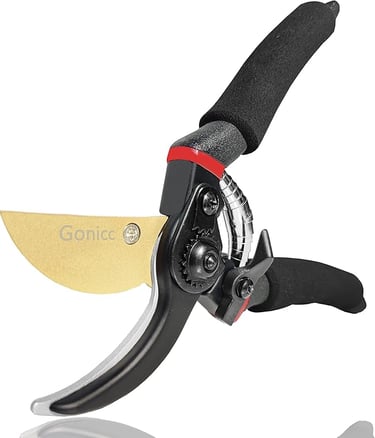Fabric Containers for Planting
Christina Novello
2/27/20254 min read
Why Start a Garden in Fabric Grow Bags?
Gardening in fabric grow bags is an excellent way to cultivate fresh produce, whether you have a large backyard or a small balcony. These breathable, lightweight containers promote healthy root growth, prevent overwatering, and are easy to move as needed. Moving to Alabama I have discovered why these fabric bags work better for my Garden. I deal with issues of insects in the ground that take over my plants and cause disease. We also have a lot of wildlife. While I love seeing the rabbits, chipmunks, voles, squirrels and moles in my yard, I am not fond of them digging up my seeds, bulbs and eating my produce. So, what are the best fruits, vegetables, and herbs to plant in fabric grow bags? Let’s dig in!
Vegetables to Grow in Fabric Grow Bags
Tomatoes – A garden favorite, tomatoes thrive in grow bags. Choose determinate varieties (bush tomatoes) for smaller bags and indeterminate varieties for larger ones (10+ gallons). Provide a sturdy stake or cage for support.
Potatoes – Grow bags are perfect for potatoes because they offer excellent drainage. Use a 10-gallon or larger bag and add soil gradually as the plant grows to encourage tuber development.
Peppers – Both sweet and hot peppers adapt well to grow bags. They need at least a 5-gallon bag and plenty of sun.
Carrots – Fabric grow bags prevent soil compaction, allowing carrots to develop long, straight roots. Use a deep bag (at least 12 inches) for best results.
Radishes – These fast-growing root vegetables are ideal for shallow grow bags and can be harvested in as little as 30 days.
Lettuce & Leafy Greens – Lettuce, spinach, kale, and Swiss chard all flourish in grow bags. They require minimal depth and can be continuously harvested.
Beans – Bush beans work well in grow bags, while pole beans will need a trellis or support system.
Cucumbers – Compact or bush varieties are best for grow bags. Provide a small trellis for climbing types to maximize space.
Fruits to Grow in Fabric Grow Bags
Strawberries – These berries thrive in fabric grow bags and can even be stacked for vertical gardening. They need good drainage and full sun.
Blueberries – Blueberry bushes do well in fabric grow bags, especially if you use acidic soil. A 10–15-gallon bag is ideal for one plant.
Dwarf Citrus Trees – Lemon, lime, and orange trees can grow in large fabric bags (15+ gallons). They require well-draining soil and full sun.
Melons – Smaller melon varieties, such as cantaloupe and mini watermelons, can thrive in large grow bags (at least 10-15 gallons) with proper support.
Herbs to Grow in Fabric Grow Bags
Basil – Thrives in smaller grow bags and pairs well with tomatoes in container gardening.
Mint – Best grown in its own grow bag to prevent it from taking over other plants.
Parsley – Grows well in small to medium bags and can be harvested continually.
Cilantro – A great choice for cool weather, cilantro grows quickly in fabric bags.
Thyme, Oregano & Rosemary – These Mediterranean herbs love well-draining conditions and do well in fabric grow bags.
Tips for Success with Fabric Grow Bags
Choose the Right Size – Small herbs can thrive in 1-2 gallon bags, while larger plants like tomatoes or potatoes need at least 10 gallons.
Use High-Quality Soil – A mix of compost, peat moss, and perlite ensures good drainage and nutrient retention.
Water Regularly – Fabric bags dry out faster than traditional containers, so check moisture levels frequently.
Feed Your Plants – Since nutrients can leach out faster, use a balanced organic fertilizer every few weeks.
Rotate Bags for Sun Exposure – If space is limited, reposition your grow bags to ensure even sunlight exposure.
Elevate the Bags – Placing grow bags on bricks or pallets improves air circulation and drainage.
Final Thoughts & Links to some tools you will need to get started.
Fabric grow bags are a fantastic option for home gardeners looking to maximize their growing space or to tackle other in-ground gardening problems. Whether you’re growing tomatoes, lettuce, or even strawberries, these breathable containers provide a simple and effective way to cultivate fresh, homegrown produce. Happy Planting and enjoy!
What are you growing in your fabric grow bags? Let me know in the comments

